The trials and tribulations of growing ginseng is something those involved with the Maraeroa C Incorporation know well.
The Maori forestry organisation, based in Te Kuiti, has been trialling and now growing wild-simulated ginseng for 11 years in the Pureora Forest.
It is only now beginning to realise results of the hard work and patience needed to grow the herb, which is used extensively in Chinese herbal medicine.
Ginseng is a slow-growing herb which has been used as a health remedy in Asia for the past 5000 years. Three main varieties are grown in China, Korea and North America.
Wild, or naturally-grown, ginseng was the most valuable, but years of over-harvesting has left it in scarce supply with field-grown root making up most of the estimated $4 billion world trade. Wild-simulated ginseng, grown organically close to its natural state and harvested by hand, fetches the second-highest prices.
Research by New Zealand Scion, a research institute which specialises in research, science and technology development for the forestry, wood product, and wood-derived materials industry, has shown more than half of the 450,000ha of planted forests in the central North Island had suitable environmental and geophysical conditions for growing wild-simulated ginseng under the forest canopy.
Double profits
Growing ginseng commercially as an ‘under-storey’ could potentially double the profitability from the land compared to forestry alone over one rotation.
Maraeroa C Ginseng and Natural Plantation manager Daniel Benefield has been with the trust for 10 years. He was working for Maraeora C when the company was approached by Plant & Food to take on a trial to grow ginseng.
Daniel says the method used is ‘wild-simulated’, which is the next best thing to the wild-growing herb. Ginseng is grown commercially in the USA but it is intensively farmed under shade cloth and they grow a different variety (Panax quinquefolius). It is also only grown for about four years.
“The value is in the age of the plant, the look of the roots, taste and smells. New Zealand ginseng (Panax ginseng) has high ginsenoiside, has no chemical residues, and looks, tastes and smells like wild ginseng.”
More growing days
In China, traditional herbs like ginseng are favoured from traditional areas and some of the best come from the Changbaishan area.
New Zealand growing conditions can produce viable ginseng plants quicker than China and North America because the New Zealand climate is not as cold. The snow on the ground in China and North America means they have less ‘growing days’ than New Zealand.
Ginseng was trialled in New Zealand in the 1990s through to early 2000s. In 2005 New Zealand Plant & Food looked for pine forest owners who would be happy to run trials of ginseng growing under their 10-15 year pine trees. Ginseng needs 80 per cent shade to grow and flourish. Maraeora C was approached and supplied with ginseng ‘rootlets’ (seedlings).
Rabbit damage
Daniel says most of this trial was, unfortunately, decimated by rabbits. Another trial was run the following year, this time fencing off the area where ginseng seeds were sown to keep the rabbit and hare pests away from the crop. But birds (finches in particular) attacked the seeds and when the newly germinated seeds were showing above the ground, the birds again pecked them out, so only a few plants survived. Some rootlets from the previous year also pushed through the heavy pine needle swathe.
The third year seeds were planted again and covered with netting to keep the pests from the young crop. A greater number of plants did survive and have continued to develop.
After the third trial Maraeora C decided to invest in a two-hectare block in an attempt to produce commercial ginseng. Half of this crop was harvested in 2016 and the second half in 2017.
Since 2009 Maraeora C Incorporation has planted about two hectares each year. It is always planted in a new location because ginseng is susceptible to fungal disease and so the separate plantings spread the risk.
Seven years to harvest
The ginseng is planted under 12-15 year pines and it takes seven years until the ginseng can be harvested. The pine trees are then harvested several years later.
So although it is a good combination planting (pines and ginseng), it also requires many factors to be just right and new plantings of ginseng need to be under the mature trees to have the right growing conditions. They need substantial pest prevention as well.
Presently Maraeora C has about 20 hectares planted in ginseng – about 14 hectares effective.
After seven years each plant is hand-harvested.
Daniel says it is important when harvesting to be very careful to get all the roots out without damaging them.
“Our team is getting better and better at carefully teasing out all the fine roots and they can tell when they come across a high-grade root.
“The roots are washed and dried before being assessed and processed,” says Daniel.
The top quality roots (perfects) are sold intact, displayed in gift boxes and sold primarily to Asian customers in New Zealand and via the internet.
The majority of whole root is sold in bulk to Chinese traditional medical outlets in New Zealand for use in their traditional medicines, and the food-grade ginseng is powdered and used in capsules or mixed with honey, which is also produced by Pure-ora Mountain Ginseng.
Active ingredient
Maraeora C Incorporation chief executive Glen Katu says New Zealand is not known as a ginseng-growing country.
“But current independent research has proven New Zealand grows good quality ginseng.
“We have already proven we can grow it and our research to date shows the active ingredient ginsenoside measures very well, free of chemicals, grown in a pure environment.
“Our top grade roots meet the look and style so now it is a matter of developing our ‘Pure-ora’ brand awareness and developing export markets,” says Glen.


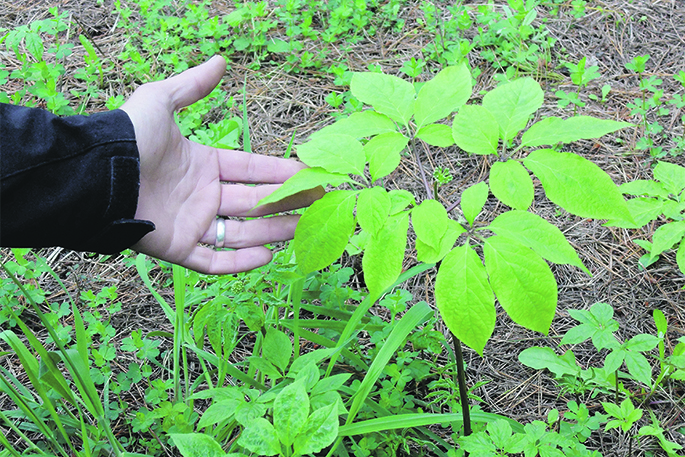
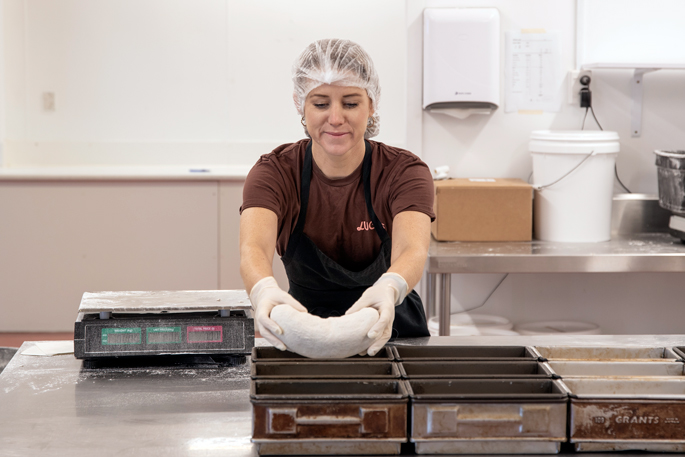
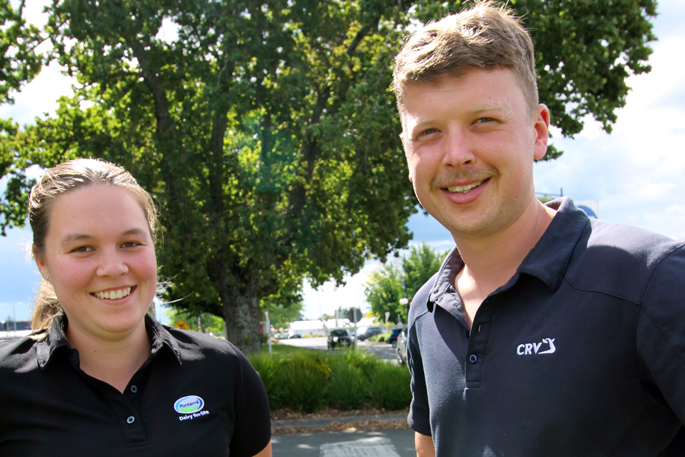
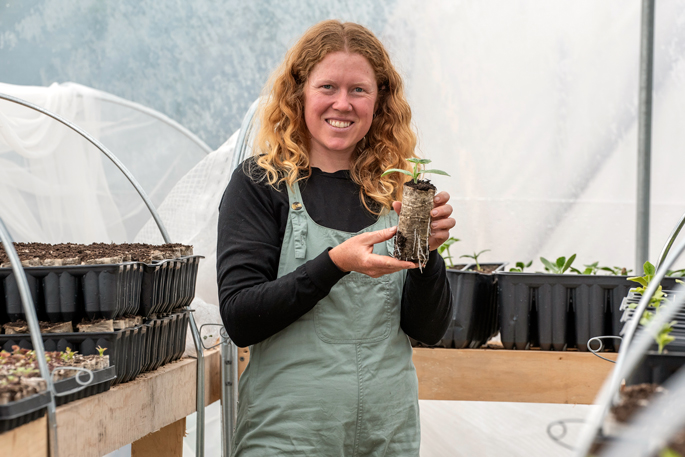
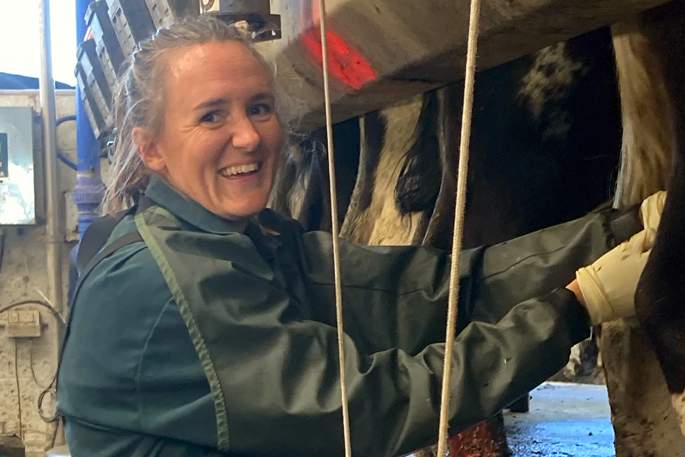
0 Comments
Leave a Comment